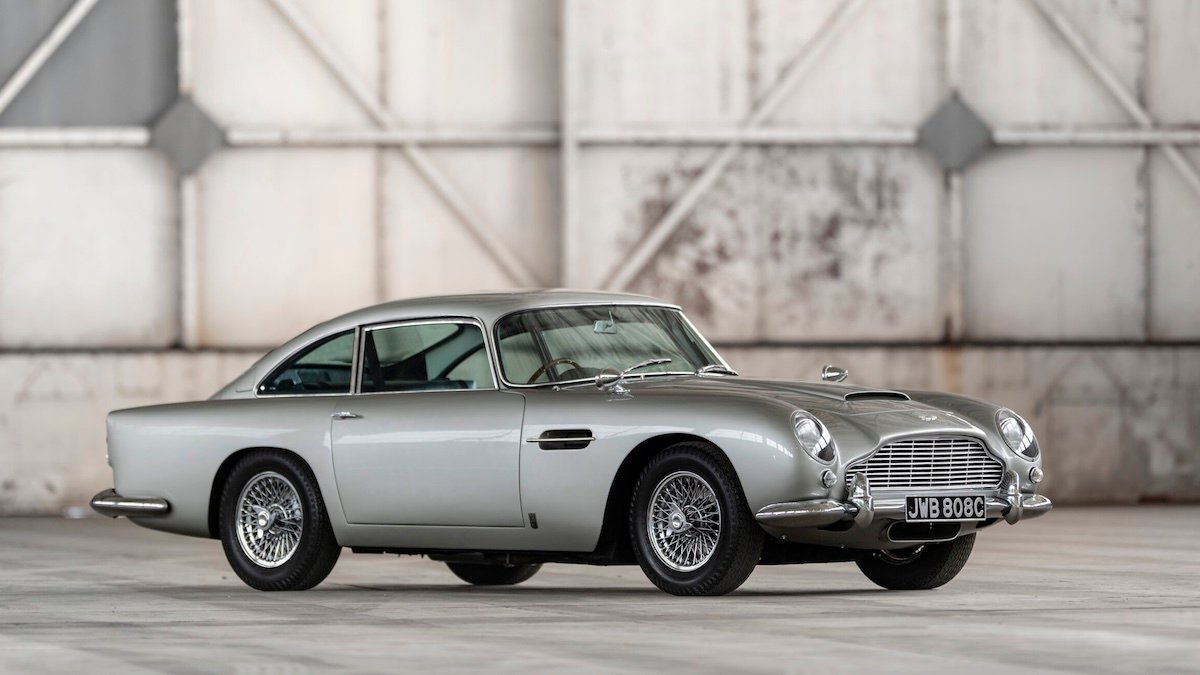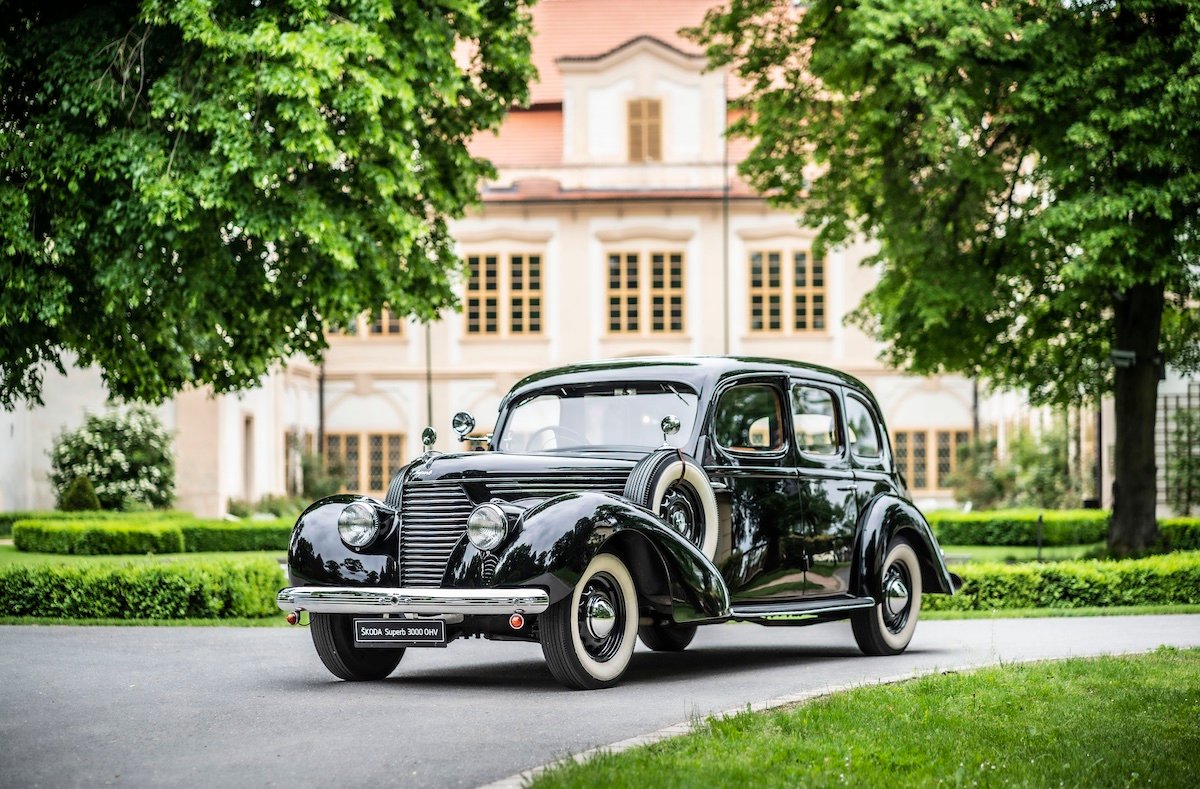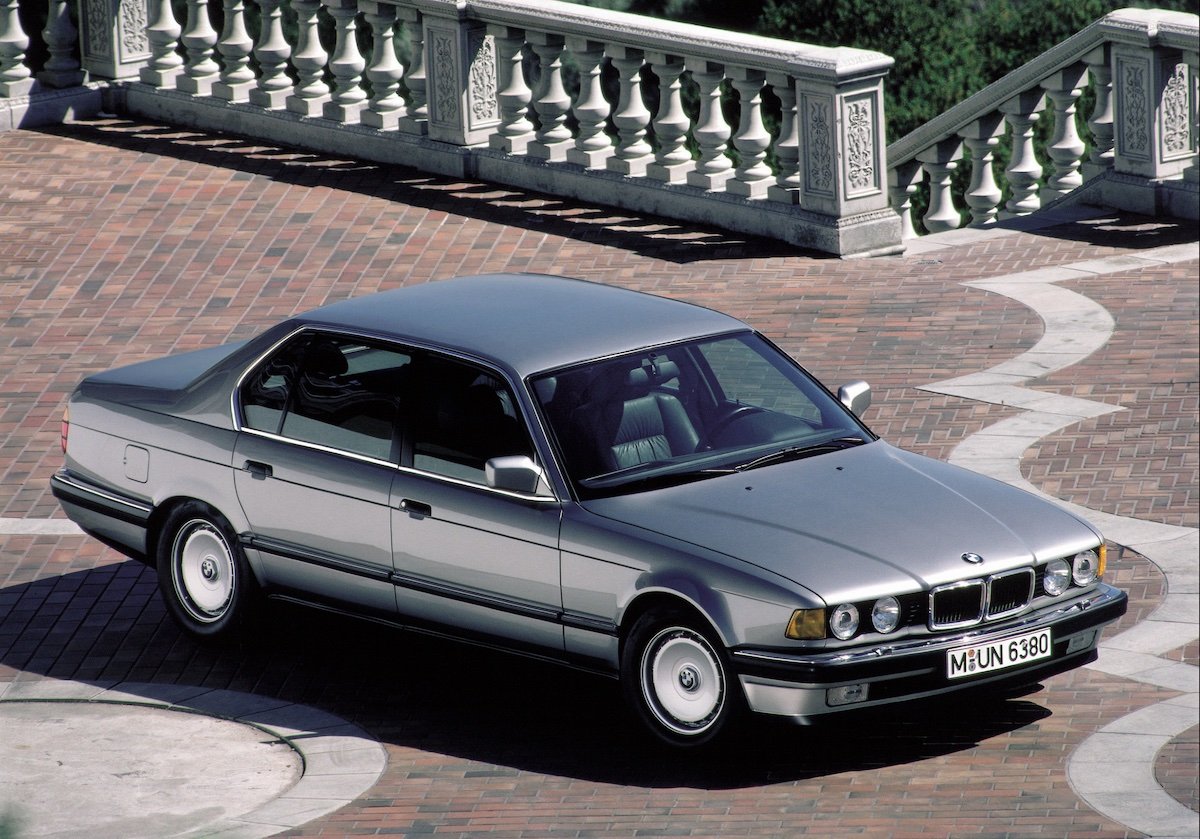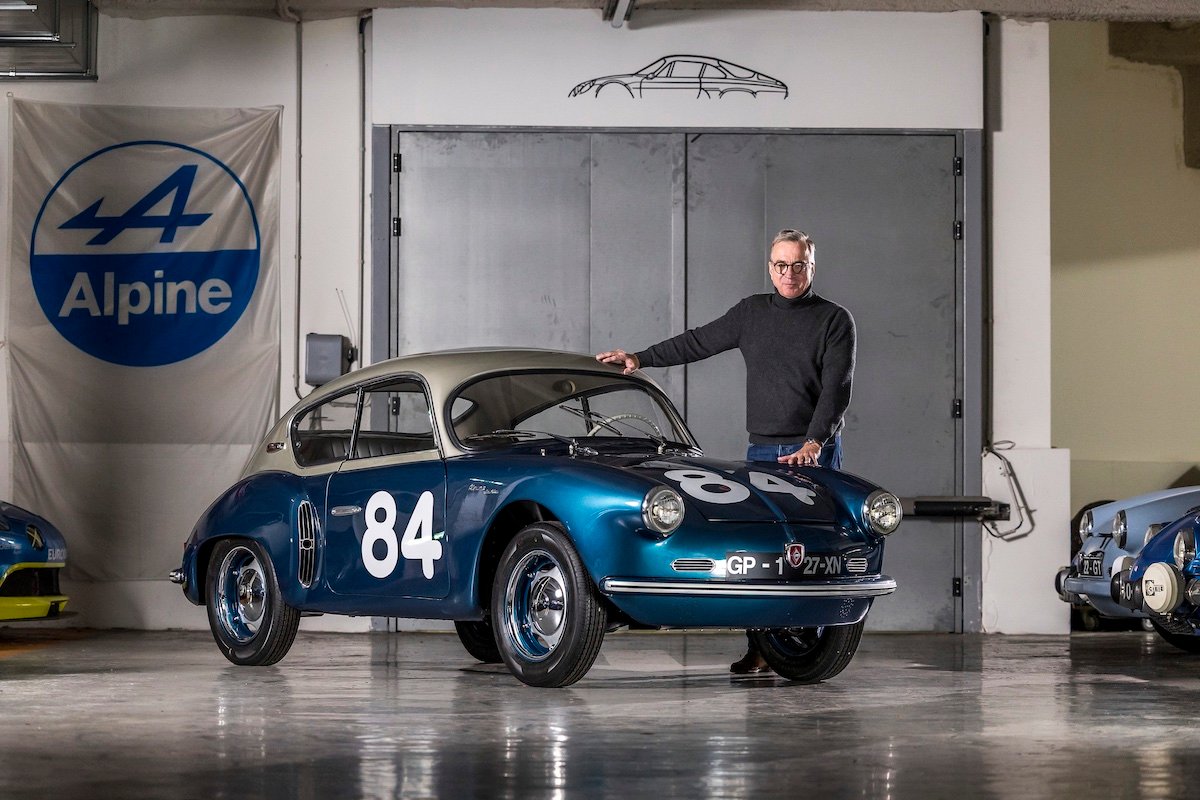Legends: Meet the ‘Porsche of the East’, the Škoda 130 RS
Mark Quinlan •5 March, 2025
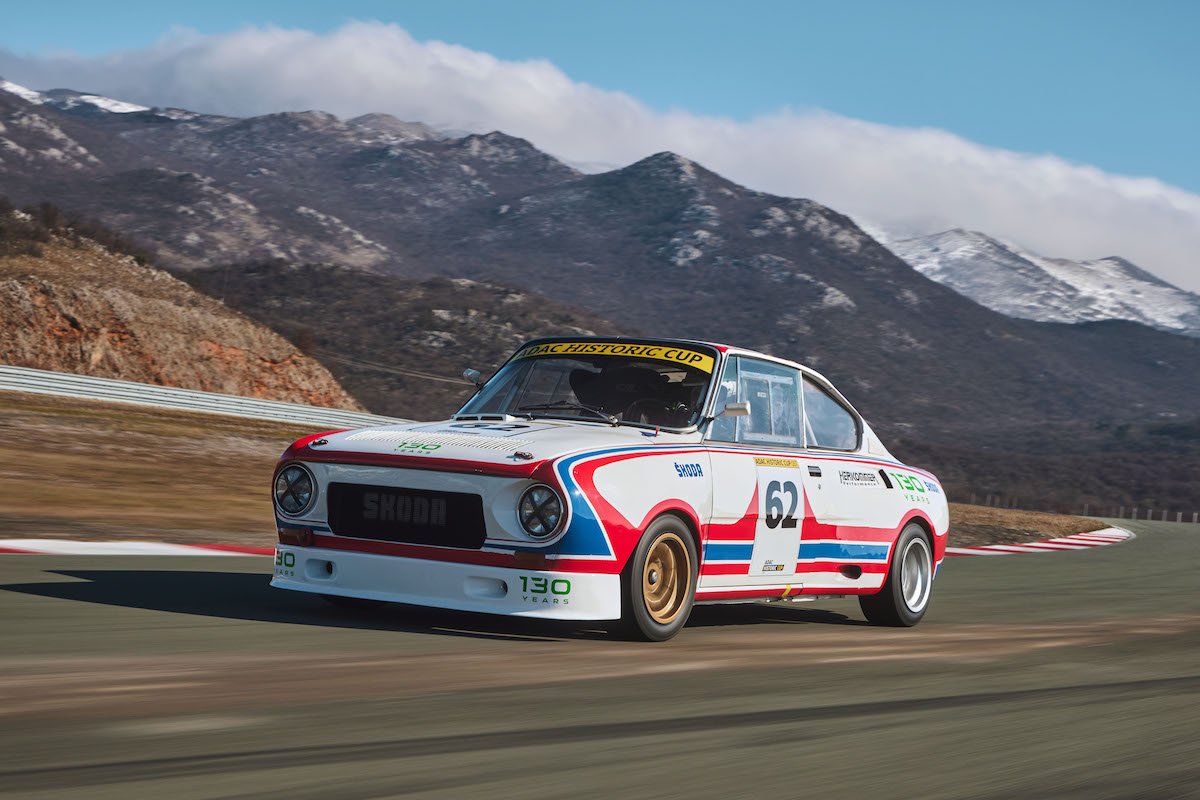
When it debuted in 1975, the 130 RS quickly established itself as a formidable rival to established competitors (Image: Śkoda)
Turning 50 this year, the Škoda 130 RS was a powerhouse in Czechoslovak motorsport during the 1970s and 1980s, winning numerous titles in both international rallying and circuit racing.
The Škoda 130 RS is one of the most iconic cars in the history of the Czech-based carmaker, achieving a string of international successes on rally stages and racetracks throughout the 1970s and 1980s.
Debuting in 1975, the 130 RS built on the strengths of its predecessors, the 180 RS and 200 RS, and quickly established itself as a formidable rival to established competitors thanks to its outstanding driving dynamics.
This year, Škoda Auto is marking a half a century since the 130 RS made its public debut at the Most circuit in the Czech Republic. Just a month after that outing, in April 1975, a pair of the newly developed Škoda 130 RS coupés – designated Type 735 – finished third and fourth in the under-2000cc class in the European Touring Car Championship race in Brno.
This initial achievement set the stage for a highly successful motorsport career for the 130 RS, which went on to win trophies both within the Eastern Bloc and on the international stage, where it faced tough competition from leading Western brands.
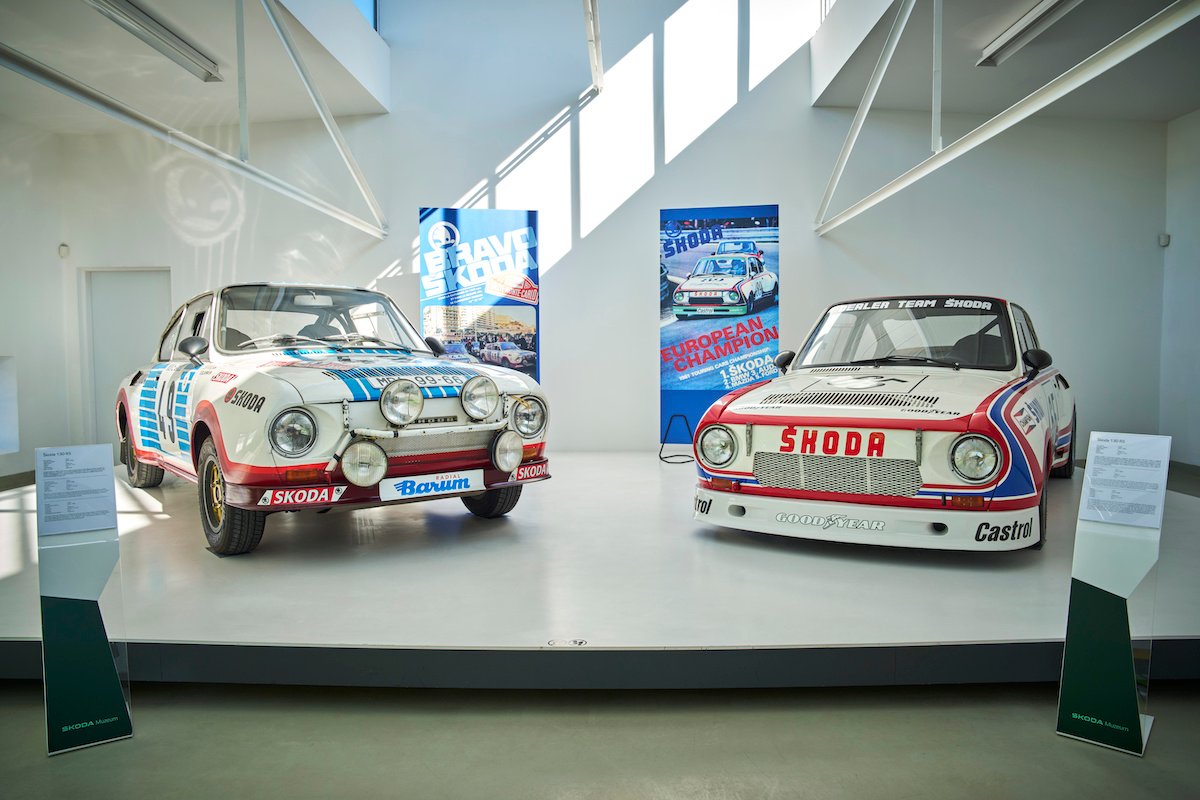
Examples of the Czech rally machine are currently on display at the Škoda Museum in Mladá Boleslav as part of the brand’s 130th anniversary (Image: Škoda)
Among its triumphs, the Škoda 130 RS secured a class victory at the legendary Monte Carlo Rally in 1977, finishing 12th overall. Other standout performances include eighth place in the overall rankings at the Acropolis Rally in 1979.
In 1981, it repeated its remarkable success in the Acropolis Rally, demonstrating once again its ability to outperform significantly more powerful rivals.
The Škoda 130 RS’s competition success wasn’t limited to rallying, either, with the Czech coupe also making its mark on the circuit racing scene, claiming the overall title in the 1981 European Touring Car Championship.
The key to the car’s success was its lightweight design and outstanding handling, with the race car using aluminium alloy panels and fibreglass components to keep weight to a scant 720kg.
Under the tailgate was a liquid-cooled, rear-mounted four-cylinder OHV engine which earned the 130 RS the nickname the “the Porsche of the East”.
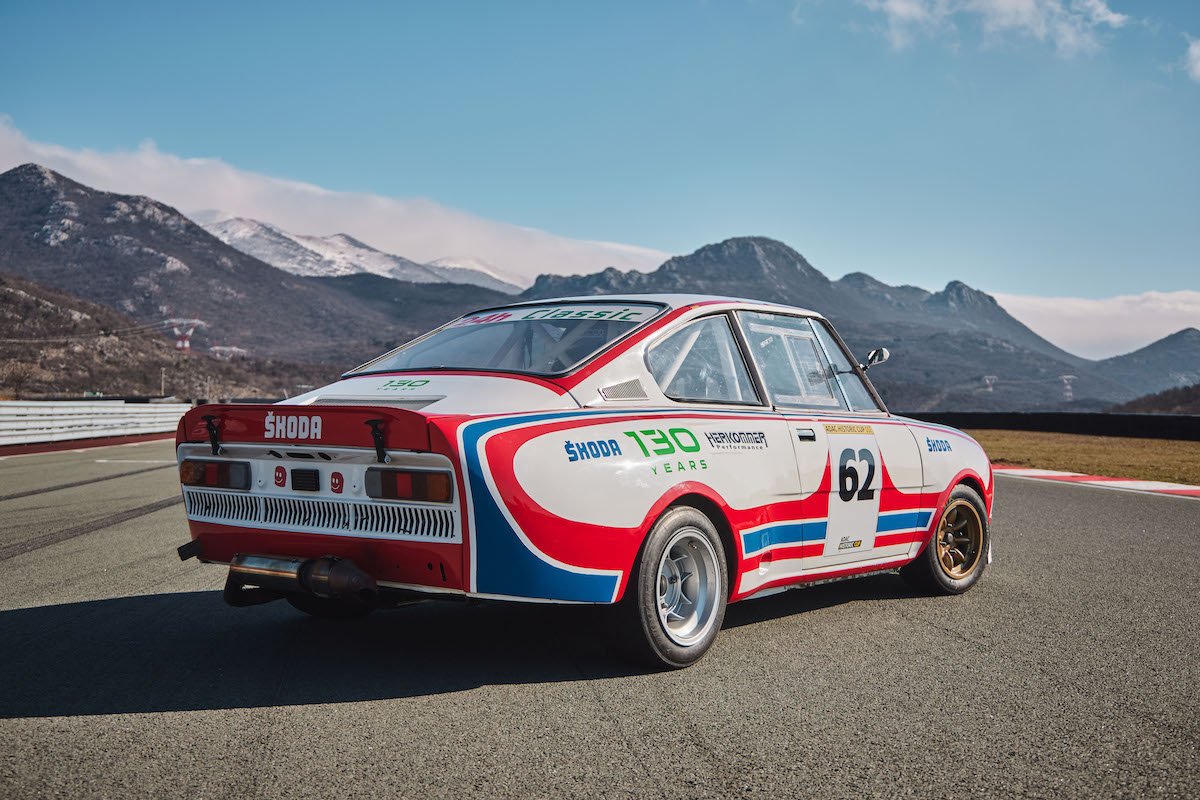
The 130 RS’ rear-mounted four-cylinder engine earned it the nickname the “the Porsche of the East” (Image: Škoda)
With a displacement of 1.3-litres the engine originally developed 113hp which grew to 142hp in the circuit racing version. That was enough to fire the 130 RS to a top speed of 220km/h.
However, the real strength of the Mladá Boleslav-built competition car lay in its handling and agility. Its well-balanced design inspired confidence in all driving conditions. In its original factory specification, nearly 200 units of the Škoda 130 RS were produced, with dozens more built privately using factory-supplied components.
It was the Škoda 130 RS that introduced the ‘RS’ (Rally Sport) designation, which has since become an iconic symbol of Škoda’s high-performance models. This sporting heritage continues today in select models from the brand’s current line-up, with the Škoda Fabia RS Rally2 continues to uphold the RS name in the WRC2 category.
The legendary competition car has earned a lasting place in motorsport history, with three examples of the Czech rally machine currently on display at the Škoda Museum in Mladá Boleslav, Czech Republic.
In addition to marking 50 years since the debut of the 130 RS, Škoda itself is this year celebrating its 130th birthday.
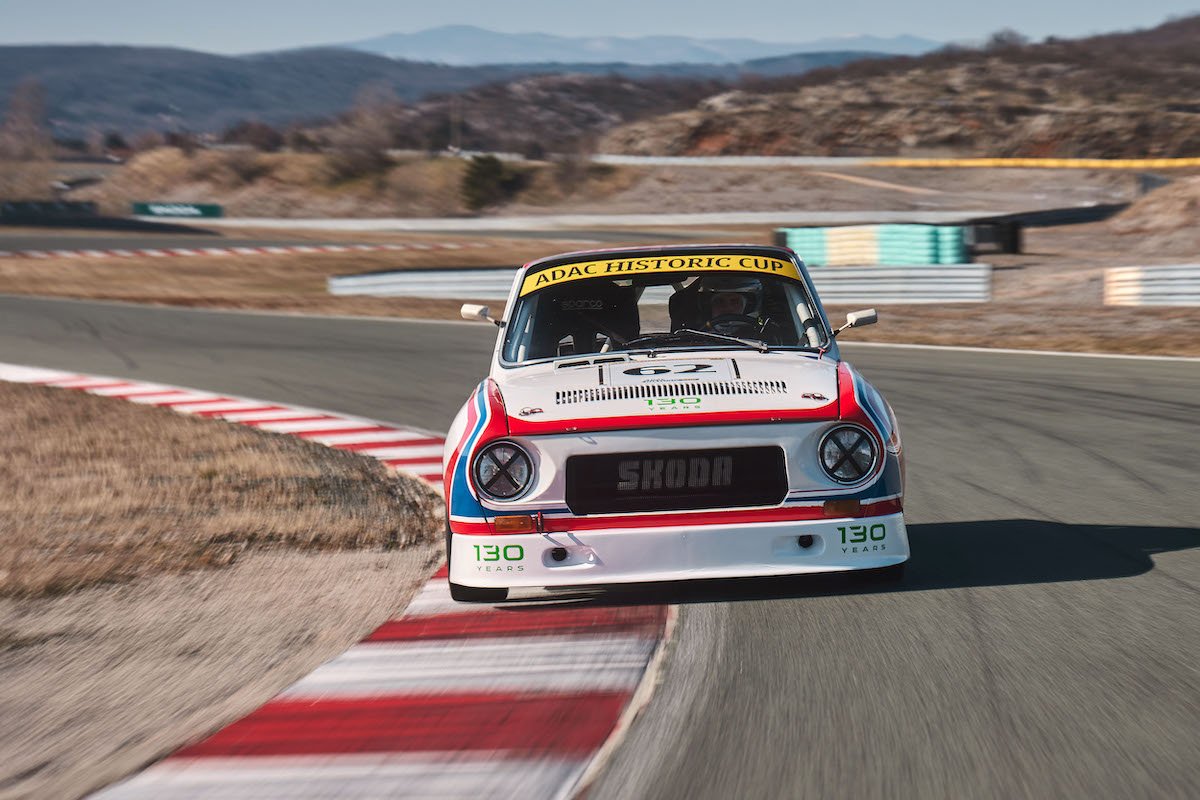
Only around 200 factory-spec examples of the 130 RS were produced, although others were privately built using factory-supplied components (Image: Škoda)
Mark Quinlan

Get The Latest
Sign up for the latest in retro rides, from stories of restoration to community happenings.
 '1972â73 1-1024x675.jpg)
